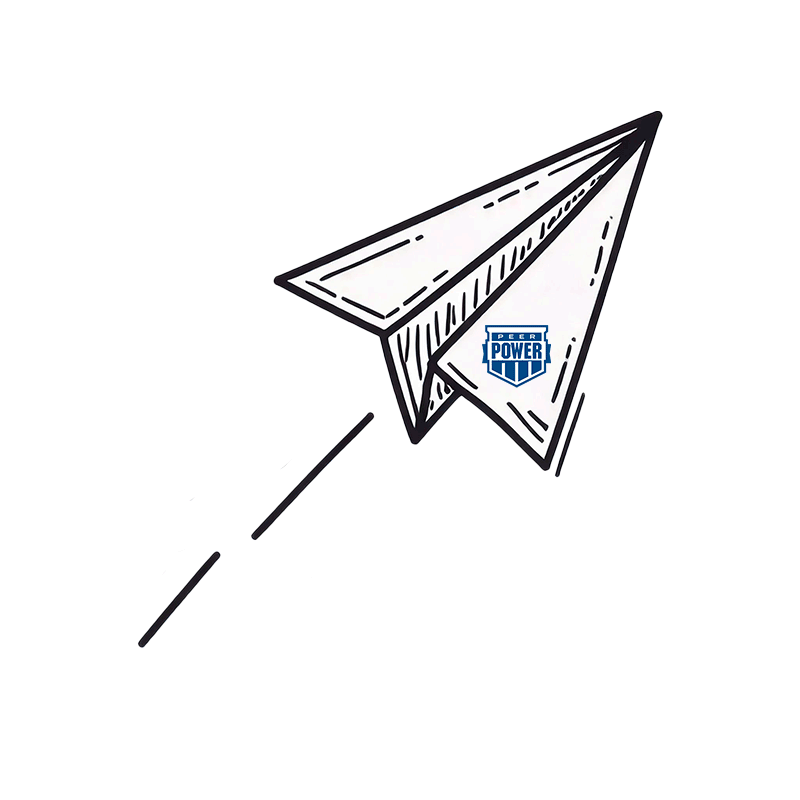In the world of grant writing, data is king. But not all data is created equal. To truly make your grant application shine, you need to harness the power of both quantitative and qualitative data. Neglecting either can significantly weaken your pitch and potentially cost you the funding you’re seeking.
Let’s break this down using real examples from our Earn and Learn workforce development program.
Quantitative Data: The Hard Facts
Numbers tell a compelling story. For instance, our program’s reach is clearly demonstrated by these statistics:
Top three zip codes served: 38126 (12.01%), 38106 (9.66%), and 38105 (9.58%).
Our most-served zip code (38126) has a poverty rate of 52% and is home to one of our partner schools, Booker T. Washington High School. These figures paint a clear picture of where we’re working and the economic challenges our participants face. They provide concrete evidence of our program’s impact in high-need areas.
Qualitative Data: The Human Element
While numbers are crucial, they don’t tell the whole story. That’s where qualitative data comes in. Consider this testimonial from one of our program participants:
“I am the first in my family to go to college so I never had any guidance in school. Earn and Learn helped me get into an internship with Aztec. Now I have been working there for the whole summer. This program allowed me to get an internship with Aztec Masonry as an assistant AP clerk. I was able to pick up on a lot of new skills and experiences such as communicating with coworkers, learning a new accounting program, and learning about the financial side of having a construction business.”
This personal story brings our program to life. It illustrates the real-world impact we’re having on individuals, showcasing the skills and opportunities we’re providing.
The Power of Both
When combined, quantitative and qualitative data create a compelling narrative. The numbers show we’re reaching those most in need, while the personal stories demonstrate how we’re changing lives.
Imagine if we only presented the numbers. Funders might wonder, “But what real difference are you making?” Conversely, if we only shared stories, they might ask, “But how many people are you actually reaching?”
By presenting both, we create a full picture of our program’s impact. We show that we’re not only reaching a significant number of people in high-need areas but also making a tangible difference in their lives and career prospects.
When crafting your next grant application, remember the power of dual data. Numbers and stories, working together, can make your proposal truly unforgettable.


